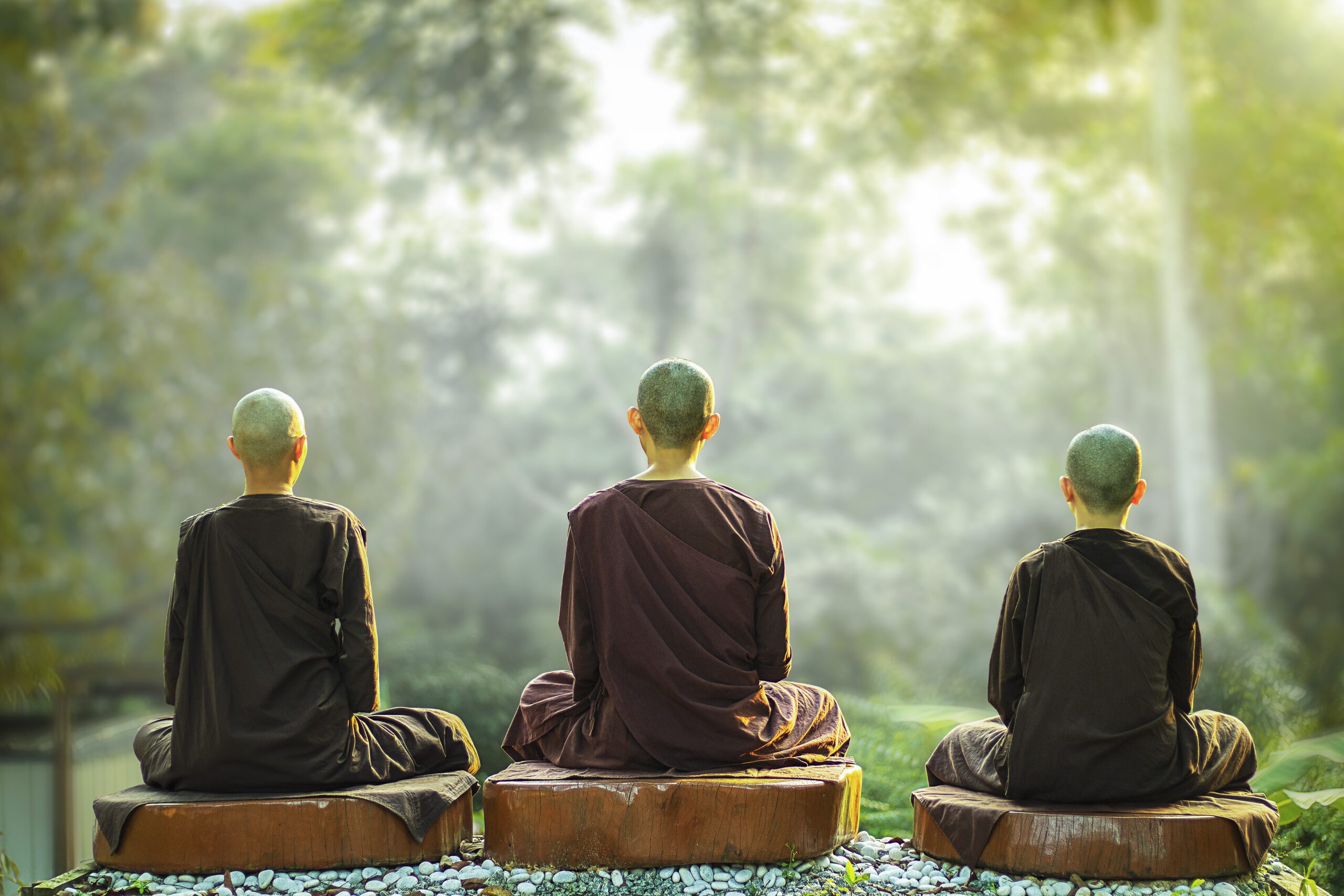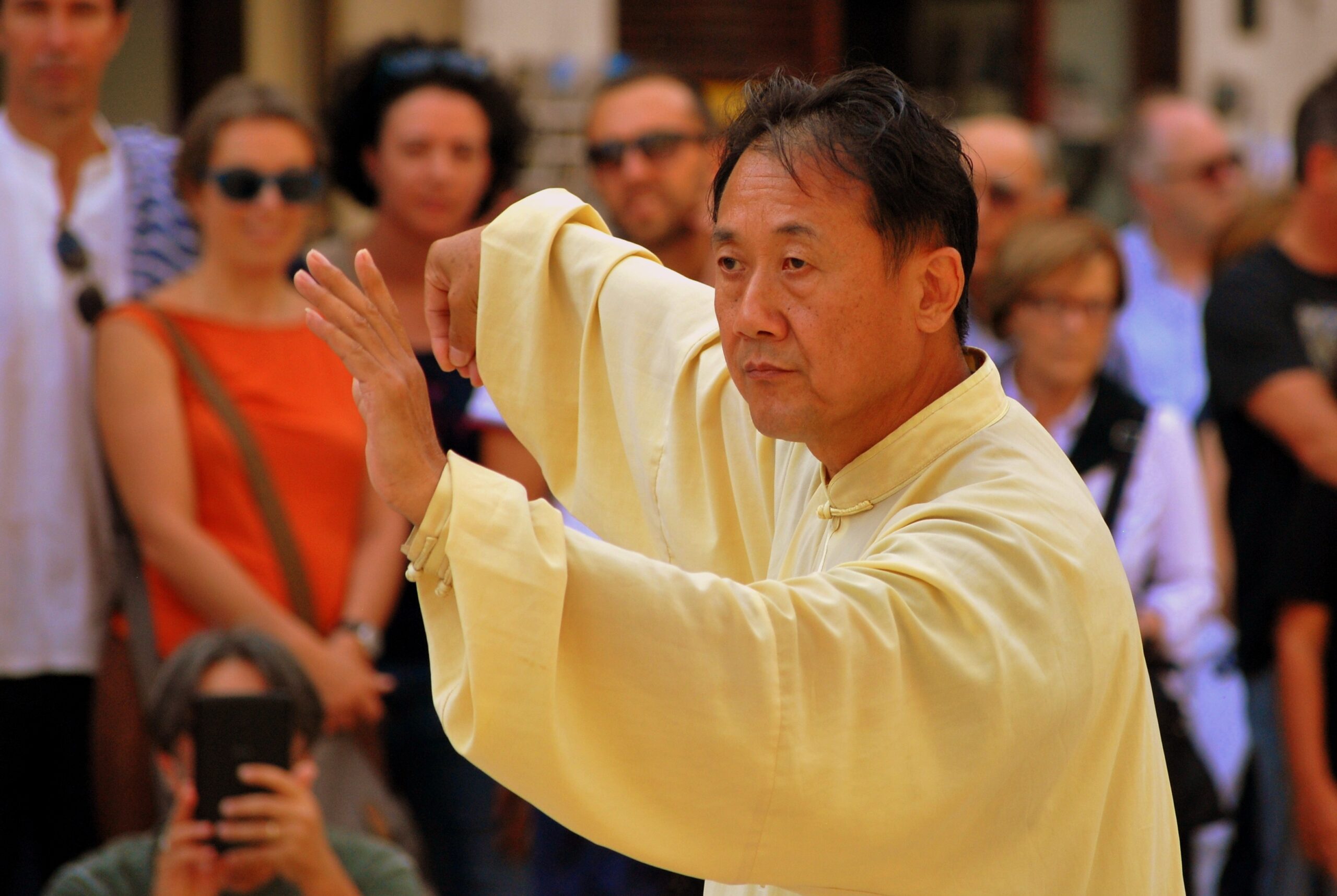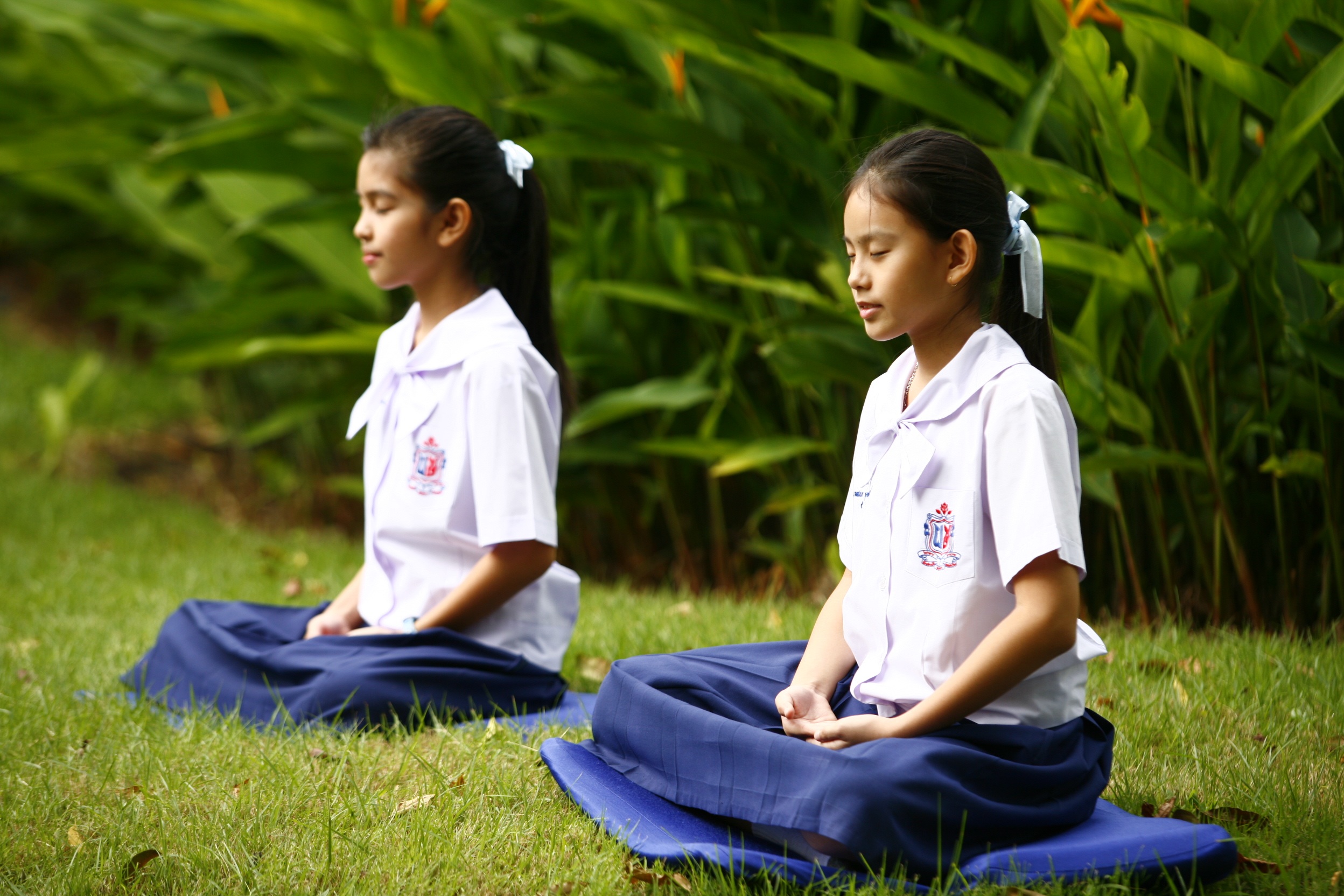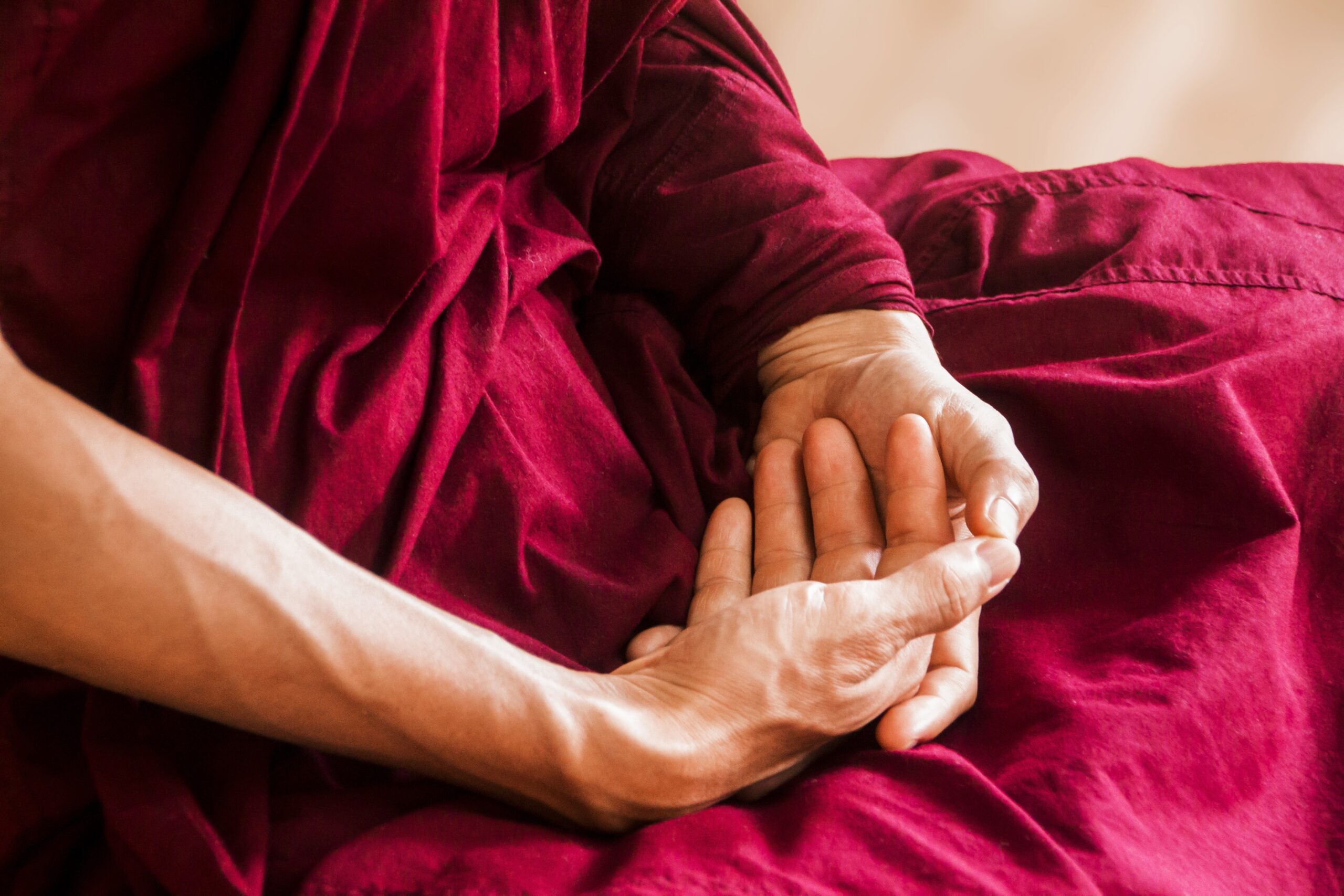Qigong Eye Exercises & Natural Eye Care
Qigong vision therapy incorporates both eye exercises and other natural eye care habits. In addition, tai chi qigong is holistic in its perspective on health, looking at both root causes and healing of disease. That is why treatment always focuses on whole mind and body.
Since vision therapy does not work well in isolation, it is best practiced with the following lifestyle changes:
Diet
Poor health is often due to diet. Toxins can build up through the foods we consume, and the eyes are especially vulnerable. A case in point, disorders such as glaucoma, cataracts and macular degeneration are often diet-related and/or linked to conditions such as vitamin deficiencies, diabetes, high blood pressure or high cholesterol.
Even eye strain can be affected by diet. Changing your diet from typical junk food binging to a diet predominant in fresh fruit and vegetables can often reduce or even relieve many symptoms of eye strain.
Therefore, where diet is concerned, be sure to include a high concentration of fresh fruit and vegetables, high in antioxidants and vitamins. Keep preservatives and artificial sweeteners to a minimum.
Also, separate your acid-based foods from alkaline foods. Especially, do not combine fruits with other proteins and starch. Fruits and other acid-based foods require a digestive enzyme that is different from digestive enzymes of other foods.
Since fruit is the more easily digestible food, always consume fruit at least a half hour before any other food, and preferably, your meat and starch last. If you follow these simple rules of food combining, you will find you will experience fewer digestive problems and hence a lower toxicity level for your body to handle.
Secondly, after any exercise, including eye exercises, drink lots of clean purified water, distilled or reverse osmosis to flush out toxins and lubricate organs for healthy functioning. Drinking adequate amounts will clean out toxins and mineral deposits even in your eyes and keep your eyes well lubricated.
Yogic Breathing
Oxygen is essential to life, yet so many of us take breathing for granted, and most of the time we do it unconsciously. Qigong yogic breathing allows us to optimize our breathing by taking deeper breaths and by maximizing our oxygen intake.
But yogic breathing does much more. It also promotes healthy circulation of blood, flushes out toxins and promotes relaxation. Most importantly, it helps generate and circulate healing chi that is vital to health, longevity, and even life itself.
That is why yogic breathing is so integral to many of the qigong eye exercises and meditation. Most of the exercises will emphasize basic diaphragmatic breathing, but depending on the eye condition being treated, there are other techniques and variations as well.
That is why very few traditional qigong practitioners suffer from disorders such as macular degeneration, myopia, cataracts, glaucoma, or even from simple eye strain.
Qigong yogic breathing, incorporated in eye exercises and other qigong meditative practices helps keep the body free of toxins. It lubricates joints, clears the mind, promotes circulation, relaxes the muscles and promotes health, healing and well-being.
Negative Ions
All of us have experienced the sensation of clean fresh air after a recent rainstorm, or breathing in the clear crisp air up in the mountains, free of contaminants.
I used to go jogging, followed by tai chi and qigong meditation at five o’clock in the morning long before the dawn broke, because the air smelled so different from that of midday or evening. Breathing in early morning air always gave me more energy and a clearer head — a wonderful way to start my day.
What gives that fresh air smell and clear-headed feeling is the negative ions in the air. That is why, we feel so sluggish when we work in enclosed office buildings with poor ventilation: the air is filled with positive ions, that makes the air feel “dead” and suffocating.
I won’t go into the details but suffice to say, negative ions feed the life-giving chi and promotes healing and well-being. You can read Fred Soyka’s The Ion Effect if you wish to know more about this natural phenomenon.
Generally, most people tend to find their eyesight is better in the morning for the same reason — because negative ions are more abundant in the morning than the rest of the day when the air is filled with pollutants produced by traffic and the bustle of daily manmade activities.
How can you increase the negative ions in your environment? By simulating nature. Proliferate your work area and living quarters with life-giving plants because these produce a lot of negative ions that will help to keep your air fresh and clean.
When practicing eye exercises, try to practice them near greenery and clean running water, such as streams and rivers, as moving water also produces negative ions. Some people will create their own little waterfalls in gardens and homes for the same effect.
Lastly, get yourself a quality ion generator that will generate negative ions for you. Most of these sell as “air cleaners” but they should include the ion generation feature on the box when you purchase them.
Lighting
Adequate lighting is always a factor in eye health. Ensure you are getting plenty of sunlight by engaging in more outdoor activity during the daytime.
Avoid looking at the midday sun, but let your eyes bathe under sun and avoid wearing sunglasses or using screens that filter out the full spectrum. When indoors, try to use full-spectrum lighting whenever possible.
Full-spectrum lighting imitates sunlight, and is known for its many health benefits. For more information you can read John Ott’s Health and Light. Always practice qigong eye exercises with unfiltered full-spectrum lighting.
Prescription Lenses
Whenever safely possible, avoid wearing prescription lenses when you can still see without. Prescription lenses will not only filter out the light, but will act as a crutch on which your eyes come to rely for your sight, weakening your eye muscles and worsening your sight.
If you must wear prescription lenses to function safely and adequately, try weakening your prescription lenses to 85% of your required strength so that your eye muscles do not develop too much dependency.
Gradually with continued progress in qigong eye exercises, you should continue to decrease the strength of your lenses as your eye muscles develop and your eyesight improves.
Meditation
Tai chi qigong incorporates both donggong, moving meditation, and jinggong, still meditation. Both serve different purposes, but generally, the more intensive the practice, the more effective when practiced in combination with qigong eye exercises.
Practice needs to be on a daily basis for at least 20 minutes a day, if not more, especially for severe disorders such as macular degeneration, cataracts, and glaucoma. For simple eye strain, myopia, double vision or strabismus, less intensive practice will still produce results, though not as quickly.
By tai chi qigong, I do not mean what is called in Chinese the more superficial “ballet” style that appears to be very popular in recent trends both in China and in the western hemisphere.
Unlike recent trends taught in most commercialized schools that emphasize physical movements and little else, traditional styles are noncompetitive and emphasize yinian, rooting postures and cultivation and circulation of vital chi energy through meditation.
Of course, traditional practice is much more intensive and requires more foundation and training, but the benefits far outweigh those of the commercialized tai chi qigong.
Interestingly enough, qigong eye exercises are only taught in traditional tai chi qigong practice and never in commercialized schools, probably because they are not effective with exercise that involves nothing more than mere physical movements.
Physical Exercise
While physical exercise in general is healthy for the body, any form of exercise will automatically tense eye muscles.
Weight lifting, body building and other exercises that train in muscle development are especially detrimental for eye conditions such as eye strain, macular degeneration and glaucoma, because they cause excessive eye muscle tension and the over-formation of blood vessels and resulting pressure in the eye.
Stick to gentle aerobic exercise, such as jogging or walking, which oxygenates the body, giving it energy, flushing out toxins and promoting circulation of both oxygen and healing chi. Qigong is especially helpful in this respect, because it is both aerobic and extremely gentle on the eyes.
And after any physical exercise, including qigong eye exercises, always conclude with eye relaxation exercises, especially for serious disorders such as glaucoma, retinitis, cataracts and macular degeneration. However, even tired eyes, myopia, astigmatism, double vision, lazy eye, strabismus and hyperopia can highly benefit as well.
Other Considerations
Blink often to keep the eyes lubricated and clear of any contaminants. As a lubricant and soothing cleanser, you can mix clean purified water with a pinch of sea salt — just enough to taste like your own tears. Then use an eyedropper to irrigate your eyes once a day.
Make a poultice with an ordinary tea bag that contains a natural antiseptic tannin acid that will help to treat irritated eyes and mild eye infections such as conjunctivitis, otherwise known as sties.
Lastly, avoid or reduce activities that encourage staring or fixation which causes eye strain and can intensify your myopia, hyperopia, astigmatism, double vision, glaucoma, macular degeneration, cataracts and other eye disorders. If you are reading or working on the computer for extended periods, take frequent breaks to practice qigong eye exercises.
Take the time to vary your activities that include both long and short distance viewing. This will discourage staring and fixation.
Tai Chi Qigong
Qigong vision therapy is not a quick fix. Long-term, it can definitely produce amazing results, especially with myopia, eyestrain, lazy eye, double vision and strabismus, even for macular degeneration and retinitis. However, it takes time and serious consistent effort to make it work.
Since best results can only be obtained through a holistic approach to health, qigong vision therapy exercises should be practiced in combination with other qigong exercises, as well as the suggestions I have outlined above. If you are already training in tai chi qigong, then the eye exercises will work most effectively on healing your eyes and maintaining good eye health.
While results can be immediate and dramatic,
especially in severe cases of myopia, eye strain,
double vision, macular degeneration, glaucoma, even
in legal blindness — however, they are only temporary!You must practice qigong vision therapy every day
as a complete set of exercises and in combination
with other qigong exercises to see more permanent
results, usually for a minimum of several months.
I cannot emphasize this enough: these eye exercises do not work well in isolation. For minimum long-term effectiveness, you should combine with the following tai chi qigong exercises:
- Basic diaphragmatic breathing for relaxation, detoxification and cultivation of healing chi energy;
- Songchi Qigong or Loosening Exercises for Tai Chi Chuan for loosening and retraining muscles, including eye muscles and gaze;
- Shou Qi Fa or Gathering the Chi Qigong to promote cultivation and circulation of healing chi;
- Taijiqigong Nuanshen Fa or Tai Chi Qigong Warm-Up Exercises to promote relaxation and blood and chi circulation to vulnerable areas of the body, including the eyes;
- Taiji Qigong Shibashi or 18 Postures of Tai Chi Chi Kung for relaxing and toning muscles at the same time, while furthering the development of chi circulation during movement. Three of the 18 postures are especially beneficial to the eyes, although almost all of the postures are indirectly beneficial and should be practiced at least for prevention and eye care maintenance;
- Jinggong meditation on the dantian for health and cultivation of chi;
- Lastly, the Shier Bao Baojian Changshou Qigong or Twelve Treasures of Longevity and Health Preserving Qigong Exercises contains exercises that have direct implications on eye health.
For sample qigong exercises and postures, I recommend the following:
- basic diaphragmatic breathing;
- alternate nose breathing;
- a simple qigong exercise for relieving stress; and
- a sitting form of jinggong meditation.
And finally, for a sampling of qigong eye exercises, you can try out the pressure points for eyes and the muscle-stretching and relaxation exercises that I have on this website. While they are not complete in themselves and therefore cannot give you the long-term benefits of the full program, they can give you an idea of how effective the immediate results of these eye exercises can be.
Qigong vision therapy is noninvasive, gentle on the eyes, easy to learn and easy to incorporate into your work or leisure activities. Combined with the lifestyle changes I have suggested, these eye exercises can truly be an “insightful eye-opener” on preventive eye health!




